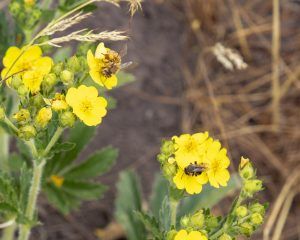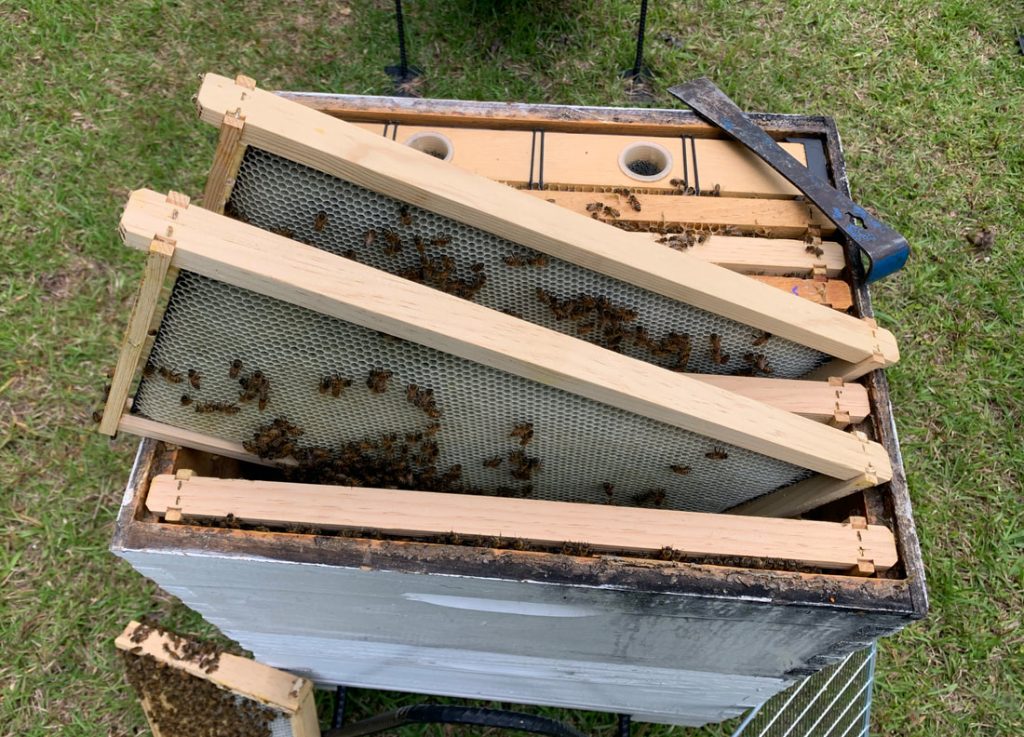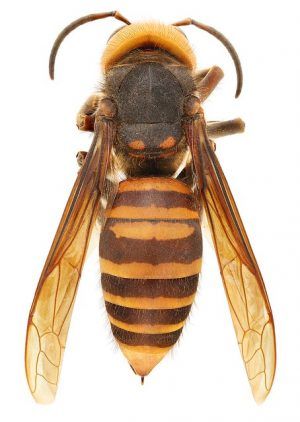Proclamations for Pollinator Week
For those who think about bee health often, June 20th kicks off a familiar and fun time of year. It’s the beginning of Pollinator Week- an annual, international, event to celebrate pollinators and raise awareness about pollinator health.

All of our Bee Health Collective partners celebrate pollinator week, and Project Apis m.’s own Danielle Downey even helped get the week officially proclaimed in her home state of South
Dakota.
Did you know: Anyone can help get this week proclaimed by submitting a request to your home state. You can see if your state participates, and how to make the proclamation request here: https://www.pollinator.org/pollinator-week/proclamations
New look at the BHC
At the Bee Health Collective, we are celebrating by sharing a new look, new features, and fun facts about pollinators that can be found on our website which was created to promote accurate information about bee health and beekeeping in the U.S.
Happy Pollinator Week!







